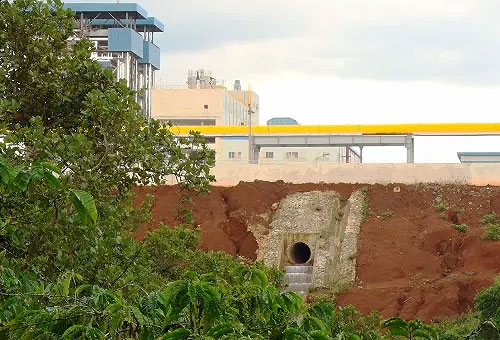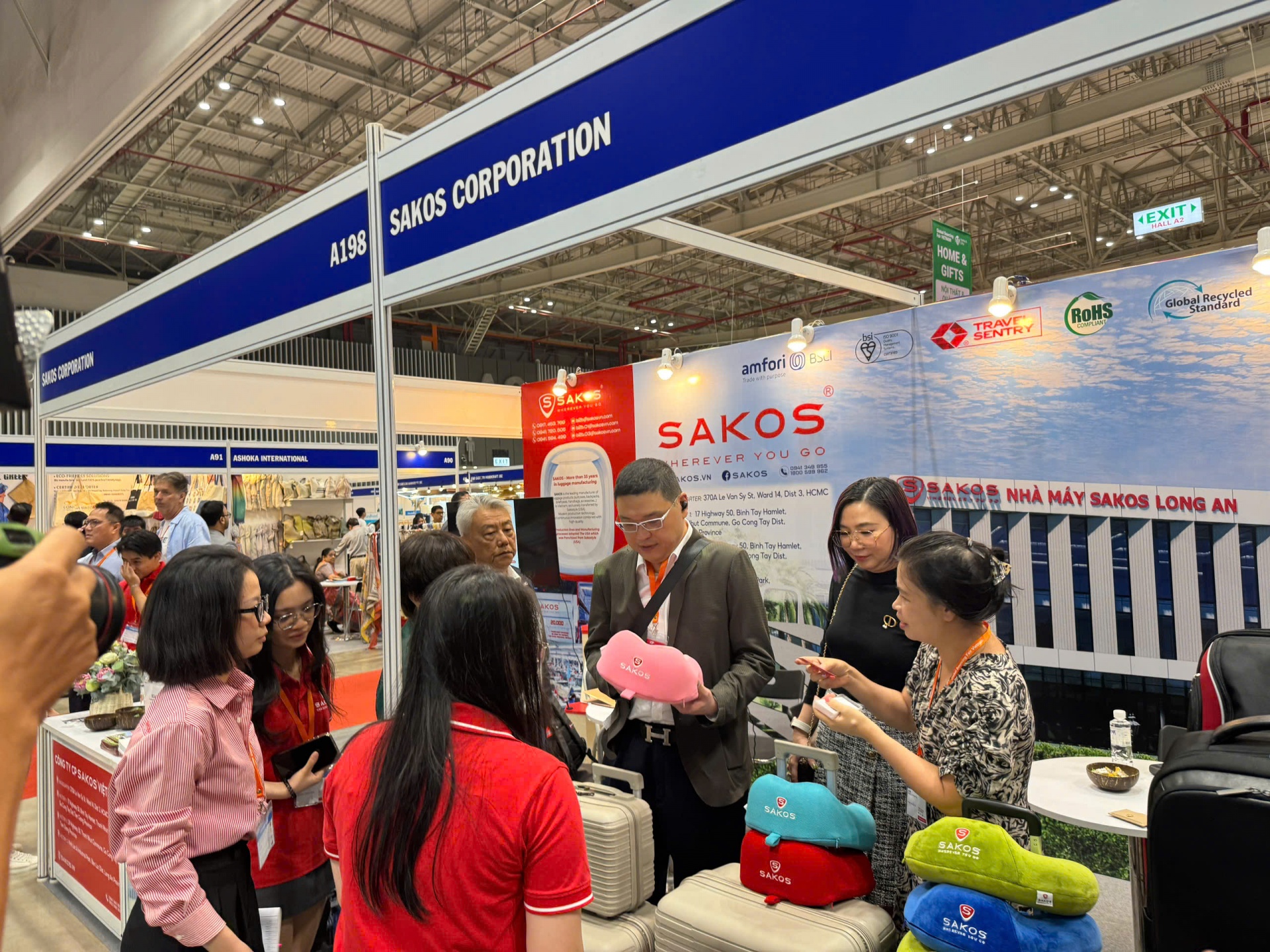Central Highlands’ environment jeopardised by alumina plants
 |
According to newswire dantri.com.vn, on July 23, when the plant’s employees were pumping alkali in pipes, they found that the chemical gun was broken, causing 9.58 cubic metres of alkali overflow, escaping the plant and seeping into the ground, causing land and waste pollution in Nhan Co commune, Dak R’Lap district.
Although the employees put a stop to the spillage within four minutes, the overflow caused fish deaths on the Dak Dao River. Besides, residents have to refrain bodily contact with the river’s water, as the chemical pollution can lead to itchiness, burning irritation, and bullous.
According to Ngo Xuan Loc, chief of office of the Dak Nong People’s Committee, the date when reports of the fish deaths were first made matches the date the break-down occurred, however, the local authorities have to check carefully before drawing official conclusions on whether there is a link between the incidents.
Ho Uy Liem, former deputy president of the Vietnam Union of Science and Technology Associations (VUSTA), told Datviet.vn that the plant was in the test run progress only, but it has caused the serious break-down, thus we can not foresee the possible consequences once the plants comes into operation at full capacity.
“In addition, numerous experts warned that using Chinese technology in alumina production is very dangerous because China has no experience in producing the material,” Liem stated.
Liem added that along with Nhan Co’s break-down, previously, Tan Rai alumina facility in the neighbouring province of Lam Dong caused the red mud incident at Cai Bang Lake. These incidents show heightened risks of environmental pollution in the Central Highland’s region.
Nhan Co alumina plant’s construction was kicked off in May 2014 under an engineering, procurement, and construction (EPC) contract signed with a Chinese contractor. The construction, running on the total investment capital of VND16.82 trillion ($753.69 million), is divided into three phases.
In the first phase, the plant is expected to achieve an annual capacity of 150,000 tonnes by 2016. In the second and third phases, to be finished by 2017 and 2019, respectively, production is expected to reach 300,000 and 450,000 tonnes.
Regarding the $460 million Tan Rai alumina plant, invested by state mining group Vinacomin, started operation in October 2013. It has run at 75 per cent capacity with an annual output of 540,000 tonnes. Its product has been exported to Switzerland, Singapore, Japan, South Korea and China. In the domestic market, consumption deals have been reached with nearly 20 firms in construction materials and chemical industries nationwide.
| RELATED CONTENTS: | |
| Vinacomin stays bullish on bauxite | |
| Bauxite dangers rise to the surface | |
What the stars mean:
★ Poor ★ ★ Promising ★★★ Good ★★★★ Very good ★★★★★ Exceptional
Latest News
More News
- Investors increase high-tech activities (April 23, 2025 | 15:43)
- Plenty of areas for Vietnam and Thailand to cooperate (April 23, 2025 | 15:37)
- Bac Giang International Logistics Centre launched (April 23, 2025 | 12:02)
- Green engagement rides high in Vietnam (April 22, 2025 | 14:54)
- Public-private partnerships a lever for greener innovation (April 22, 2025 | 14:44)
- Unlock transport potential to accelerate Mekong Delta growth: PM (April 22, 2025 | 11:34)
- AEON Vietnam breaks ground on new project in Hai Duong (April 21, 2025 | 11:56)
- Haiphong private sector emerges as key engine of economic growth (April 21, 2025 | 11:44)
- Highlands Coffee opens roastery in Ba Ria – Vung Tau (April 21, 2025 | 08:07)
- Hoa Phat Group breaks ground on high-grade steel and railway track plant (April 18, 2025 | 11:50)















 Mobile Version
Mobile Version